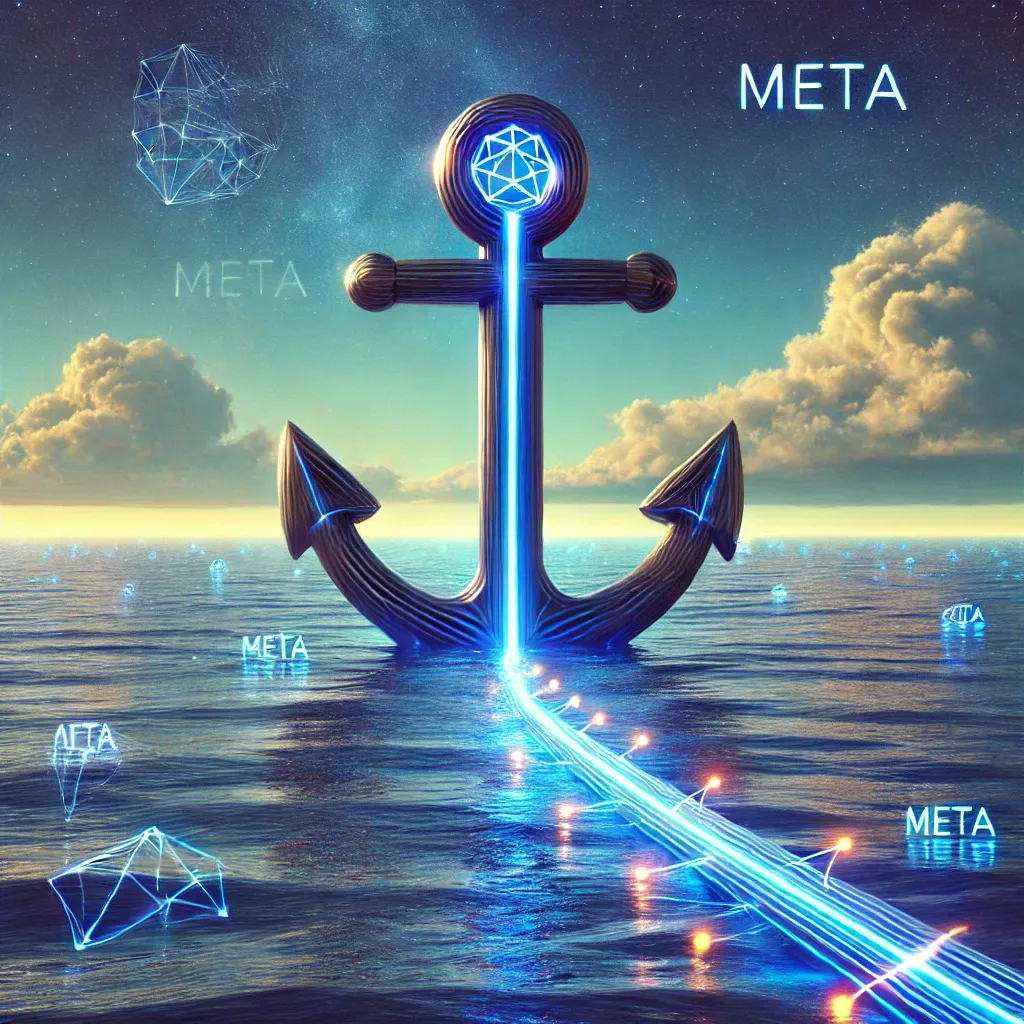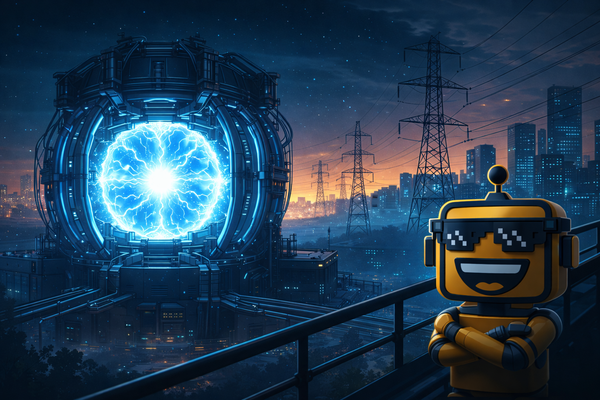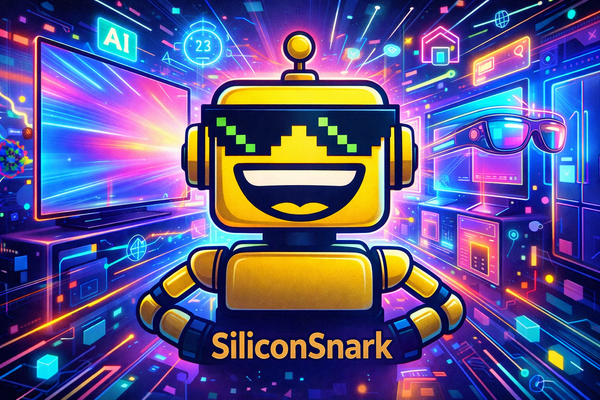Meta's Subsea Cable Project "Waterworth" Takes the Ocean by Storm
Meta is now diving deep (pun intended) into global subsea infrastructure with something called Project Waterworth.

Well, folks, it’s President’s Day — that sacred U.S. holiday where the tech news cycle slows to such a crawl you can practically hear the sound of overworked beat reporters face-planting into hotel pillows after filing three too many AI stories last week. Normally, this is the dead zone of corporate announcements. But wait! What’s this shimmering on the horizon of an otherwise snoozy long weekend?
Meta’s PR team, bless their caffeinated hearts, decided to spice things up with a Friday news dump. Not about the metaverse. Not about Threads. Not even about whatever flavor of AI chatbot Zuck is hyping this quarter. No — this one’s about the ocean.
That’s right: Meta is diving deep (pun 100% intended) with something called Project Waterworth, a subsea cable project so massive it would make Poseidon himself double-take. Forget self-driving cars, humanoid robots, or AI predicting your next overpriced latte order. Meta is now betting the future of artificial intelligence on the oldest trick in the connectivity playbook: giant, fiber-optic cables running under the sea.
The World’s Longest Subsea Cable (Because Size Matters)
Here’s the headline stat: Project Waterworth will stretch across five continents, totaling more than 50,000 kilometers of cable. That’s longer than the Earth’s circumference. Let that sink in: Meta just announced it’s going to wrap the globe in its own undersea lasso of bandwidth.
On paper, this is “Meta’s most ambitious subsea cable endeavor yet.” In practice, it sounds like something a James Bond villain would dream up between monologues about world domination. Only instead of doomsday lasers, it’s high-speed internet that conveniently routes through Meta’s empire of servers.
Impressive? Absolutely. Necessary? Debatable. Terrifying? A little bit. Because when a company already controlling your social feed, your messaging habits, and probably half your login credentials says it’s building a digital spine longer than the equator, you have to wonder: is this infrastructure or surveillance cosplay?
Why Subsea Infrastructure, and Why Now?
According to Meta’s very earnest press release, Project Waterworth will “open three new oceanic corridors with abundant, high-speed connectivity needed to drive AI innovation.” In plain English: we need more bandwidth so Zuck’s AI avatars can serve you ads faster.
This is not Meta’s first aquatic rodeo. The company has already laid down more than 20 subsea cables over the past decade. At this point, Meta is less a social media company and more Poseidon’s favorite contractor. So why another 50,000 kilometers? Easy: because nothing says “we’re serious about AI” quite like drowning billions of dollars in underwater fiber.
Of course, the PR spin isn’t just about AI. Project Waterworth is framed as an egalitarian step forward for global connectivity, opening up opportunities for regions like India, Brazil, and South Africa. Translation: Meta needs new growth markets, and if it has to wrap the planet in fiber to get a few more billion users scrolling Instagram Reels, so be it.
Engineering Feats and Oceanic Headaches
Meta insists the cable will be built with “resilience” in mind. Which is corporate shorthand for: “Please don’t let this thing snap in half when a container ship drags its anchor across the seafloor.”
The numbers are eye-popping. Parts of the cable will be laid at depths of nearly 7,000 meters, where it will have to withstand crushing pressure, shifting tectonic plates, and, presumably, curious giant squid. Meta is essentially saying: “We’re bringing AI to the world — assuming the ocean doesn’t eat our cable first.”
In fairness, building a 50,000 km subsea cable is an extraordinary technical challenge. But when the company behind it has a long track record of questionable data practices, you can’t help but imagine this “resilient infrastructure” doubling as a resilient way to harvest even more data traffic.
AI: Always the Main Character
No tech press release in 2025 is complete without the three magic letters: AI. And Meta doesn’t disappoint.
Project Waterworth, the company assures us, is not just about connectivity — it’s about powering “the AI revolution.” Apparently, without this subsea megacable, humanity might never achieve the dream of instantly generating cat memes in 4K from São Paulo to Cape Town. Forget sentient robots or advanced machine learning breakthroughs — the true frontier of AI, according to Meta, is ensuring your Midjourney prompts load without lag.
Meta proclaims that AI is “revolutionizing every aspect of our lives.” Which sounds noble until you remember this is the same company that gave us Cambridge Analytica, endless misinformation cycles, and the privilege of seeing what your cousin’s ex-boyfriend thinks about vaccines. Now they want to be in charge of global AI infrastructure? What could possibly go wrong?
Global Connectivity or Global Control?
On paper, Project Waterworth will provide more bandwidth and lower latency for underserved regions. In reality, it’s also about cementing Meta’s role as the global digital gatekeeper.
Think about it: every byte of data traveling across this shiny new subsea empire passes through Meta’s infrastructure. That doesn’t just give them bragging rights at AI conferences. It gives them leverage — over governments, over telecom providers, and over the billions of users whose online lives are already mediated by a single app empire.
It’s hard not to see Project Waterworth as less of a gift to the world and more of a power move. While governments quibble about regulating AI, Meta is literally stringing the planet together with its own wires. Infrastructure is power — and Meta just claimed another giant slice of it.
Priorities, Meta-Style
So, while the rest of us are enjoying a long weekend pretending to care about Presidents Day sales, Meta is out there conquering the oceans, one fiber strand at a time. Not to ensure democracy, not to prevent disinformation, not to fix the dumpster fire that is Horizon Worlds — but to make sure you can share a looping GIF with your group chat in 0.2 seconds instead of 0.4.
Because in the end, Project Waterworth isn’t about humanity, or progress, or even AI. It’s about faster memes, smoother ads, and global dominance disguised as “connectivity.”
So let’s raise a glass to Meta: savior of subsea bandwidth, villain of your privacy settings, and now, apparently, the new Poseidon of AI infrastructure.
Happy Presidents Day, everyone. Enjoy the silence while you can — because the next wave of Meta press releases is already rippling across the ocean floor.




